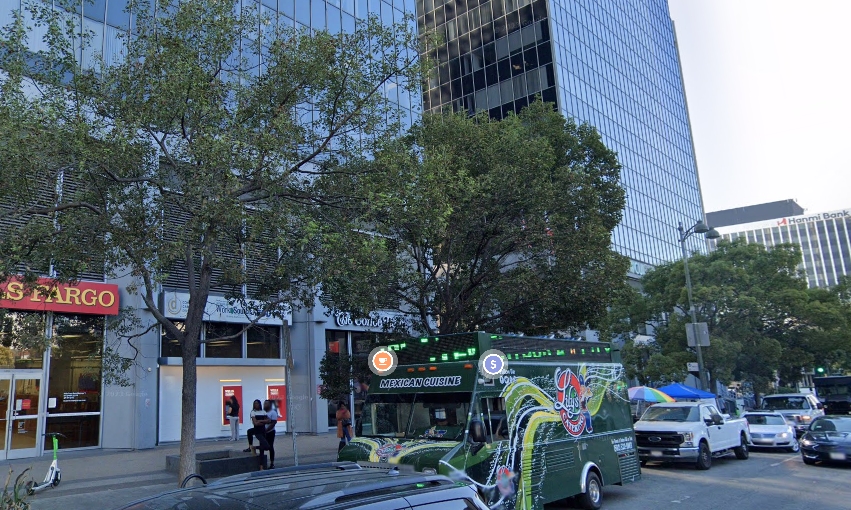
The Nuance Behind Jamison and Gentrification in Koreatown
Today, Koreatown is viewed as one of the most culturally rich and vibrant places to be on weekends given the slew of new restaurants and trendy cafes.
However, an often overlooked and subversive element of Koreatown’s gentrification is the impact it has on the long-standing, working class residents of the community — much of whom the community’s cultural and economic vibrancy are built off of.
When the Hart-Celler Act of 1965 changed US immigrant policy doing away with national origin quotas, this enabled a wave of Korean immigrants seeking better opportunities to enter the country. They coalesced in and around Olympic Boulevard near Downtown Los Angeles, forming the roots of what we now know as “Koreatown”.
Korean immigrants, churches, and businesses took advantage of the relatively cheap residential and commercial buildings in this area.
In 1992, the violence of the Los Angeles riots took the city by storm, disproportionately affecting the Koreatown community. In the wake of this civil unrest and depressed real estate values, one individual who capitalized on the situation was Dr. David Lee, the founder of Jamison Properties.
Responsible for more than half of the commercial and residential buildings in Koreatown, Jamison Properties focused on identifying undervalued and underutilized office buildings and renovating them into attractive commercial properties.
By keeping the rent low, they were able to increase occupancy rates, which was often accompanied with maintenance shortcomings and sparse renovations. In recent years, the rent has risen to approximately $27,780 annually, up against a local median income of $24,116 in Koreatown.
This dichotomy is effectively what drives the gentrification of Koreatown, pushing out local residents who are often evicted in favor of new construction with few remaining options all while these new residences are touted as “affordable housing”.
Notorious for his privacy, Dr. David Lee is known to refuse interviews and commenting on his property. To state one example, in the LA Superior Court Case number BC246970 dubbed Cherry v. 3075 Wilshire Boulevard, Lee was responsible for refusing to replace a cooler carrying legionella bacteria, causing workers to contract Legionnaires’ disease, costing millions of dollars. The court details are also labeled as “not to be published”. Their unethical practices are further corroborated by Yelp reviews from tenants who claim to have experienced racist remarks, poor management, incompetent workers, and harsh living conditions despite high prices. These harsh living conditions include cockroaches, mold, unwashed windows, and peeling marble.

As a result of the harsh criticism that Lee has undergone due to the poor conditions of his renovations, it has been seen in recent years that he has invested more money into remodeling his buildings.
For instance, new carpeting or spending $250,000 on fire safety upgrades at 811 Wilshire Blvd. However, these small instances seem to not be setting a large enough example as tenants in 420 E. Third St. states that no changes have been made since Jamison bought the building in 2005.
This brings up the question of how the work of Jamison Properties is beneficial to both the Korean and Koreatown community. For much of its existence, Koreatown was largely regarded as a low income, working class, immigrant community.
To many outside, it was perceived as undesirable and dangerous, something the 1992 riots only exacerbated. Yet the community’s connectedness, resilience, and drive to survive have continued to push it forward. Jamison Properties is a reckoning force in the development of Koreatown that can’t be excluded from its story over the past quarter century.
Seen through many lenses, the impact of Jamison Properties is positive, value-creating, and important for Koreatown’s success. While this is not untrue, the broad brush strokes of gentrification will forcibly paint over the countless lives and stories of workers, immigrants, and families that built the identity and foundations of this vibrant and unique community.
<Student Reporter Seoyoung Yang>hseoyoungy@gmail.com
Seoyoung Yang is a Sophomore Student in Immaculate Heart High School. She is interested in Koreatown, its gentrification phenomenon, and Korean American culture.
관련기사 제이미슨, 한인타운 버몬트/베벌리 대규모 주상복합 신축
관련기사 한인타운 윌셔가 빌딩서 여성 4명 성폭행 당해, 제이미슨 상대 소송 건물 관리 허술 책임







